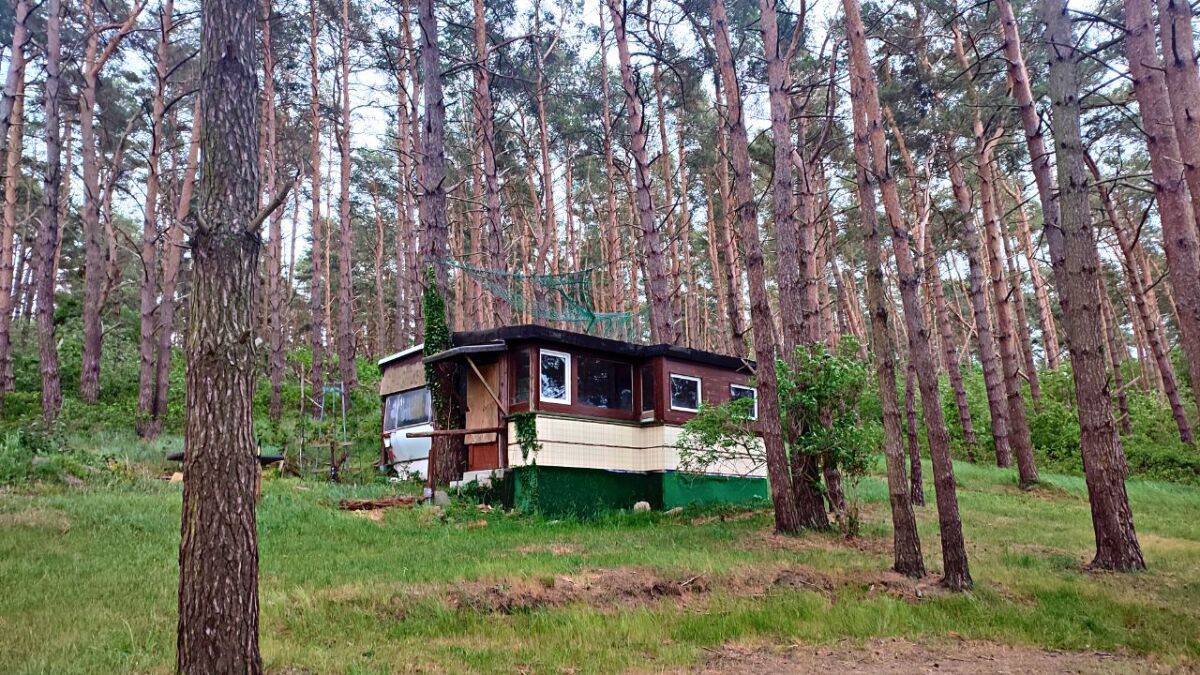
The complete guide to the bug-out location and how it helps you survive a crisis
👉 The key facts from this guide
- The Bug Out Location (BOL) is your refuge in crisis when you have to leave your main residence.
- The ideal BOL is located near water, is far away from people and roads, and offers protection and safety.
- It is important to know multiple access and escape routes to your BOL and be able to find them without a navigation system or map.
- The BOL should be resilient to extreme weather conditions and provide internal protection measures.
- Proper disposal of waste and human excreta is essential to avoid infections and epidemics.
- Your BOL should be equipped with supplies of food and water, medical facilities, and useful tools.
If you have been dealing with prepping for a while, sooner or later, you will inevitably come across the term Bug Out Location.
Have you also wondered what it's all about?
In the following article, you will not only learn what the term means, but also useful information on implementation. After all, you should be able to learn something from every article.
Let's get started and immediately clarify what a Bug Out Location is.
What is a Bug Out Location?
A Bug Out Location (BOL) is a place that you use when an exceptional scenario occurs. The refuge is always visited when it is necessary to leave the main residence for a long time in order to find protection and security at this retreat.
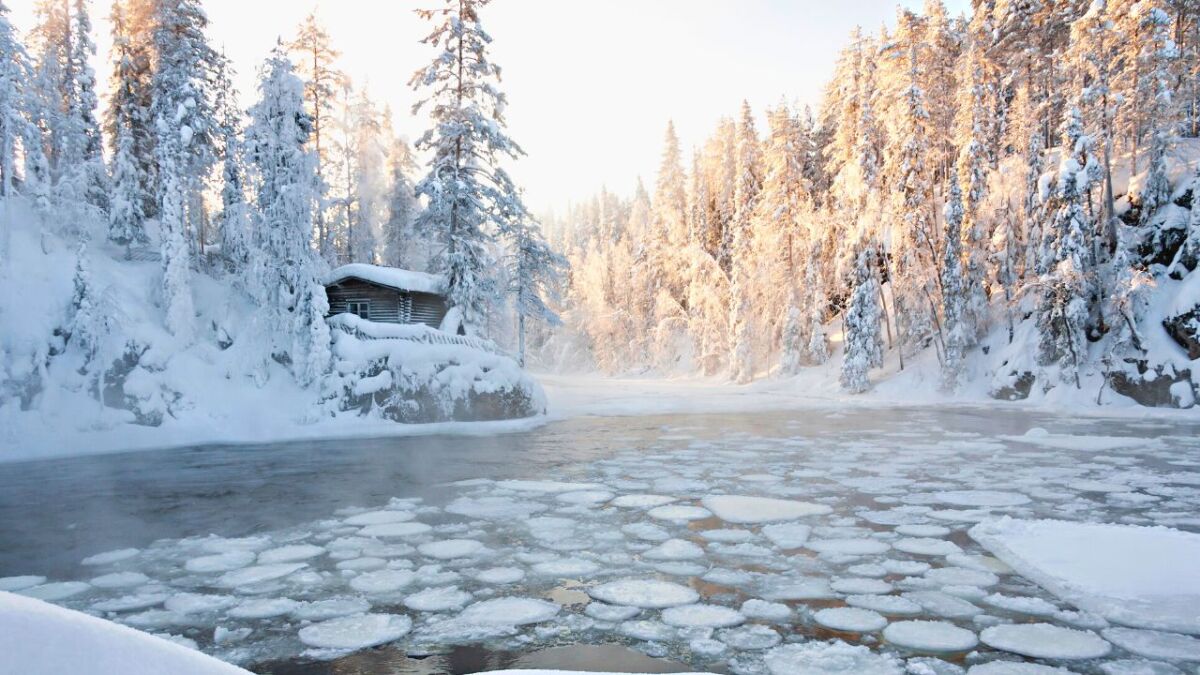
Regarding your Bug Out Location, you should consider that this is not a place where you usually spend only one or two days - on the contrary.
You want to be able to stay there for as long as necessary. Accordingly, a self-made hut in the woods made of leaves, sticks, and grass is less suitable, as you can surely understand.
The way to your Bug Out Location
Before you get a few tips on what your Bug Out Location should actually contain and what prerequisites it should fulfill, you must first ensure that you can get there safely.
Since this can be difficult under certain circumstances when society collapses, you should always have alternatives ready.
In plain language, that means you should know multiple routes to your bug out location when bugging out, all of which follow different paths.

Ideally, you would know routes that are best reached by car (your bug out vehicle) as well as routes that you can manage on foot in an emergency. After all, you never know exactly what vehicle will be available to you in case of a crisis.
Also consider the distance you have to travel to reach your safe haven.
It's not helpful if you can't reach your secure bunker because of the distance. You also don't benefit if your bug out location is only a stone's throw away from you, but you are not protected from threats in your vicinity.
What I'm trying to say is: You need a bug out plan to leave your home and arrive safely at your refuge.
Read also
RV and Prepping: self-sufficient and mobile in a crisis - One way to escape a disaster or crisis could be an RV to head out. But how do you prepare your prepper camper?
Important points to consider when choosing your bug out location
To avoid confusing you with numerous pieces of information, the following tips and tricks should bring some structure to your thoughts.
They will help you find the ideal bug out location for you and your loved ones.
Find the best position for your bug out location
Before you even think about equipping your Bug Out Location, you should, of course, find a suitable position for it. You should consider the following factors:
- Supply options
- Access and escape routes
- Accessibility
- Seclusion
- Water supply
When you hear about supply options, you will probably look at me puzzled and wonder why you, as a prepper, should ensure that your supply can also be guaranteed externally.
Allow me to explain and you will quickly understand what I mean and where the advantage lies.
Sooner or later, if you stay long enough in your Bug Out Location, your supplies will run out. Whether it is gasoline, food, water or medical supplies.
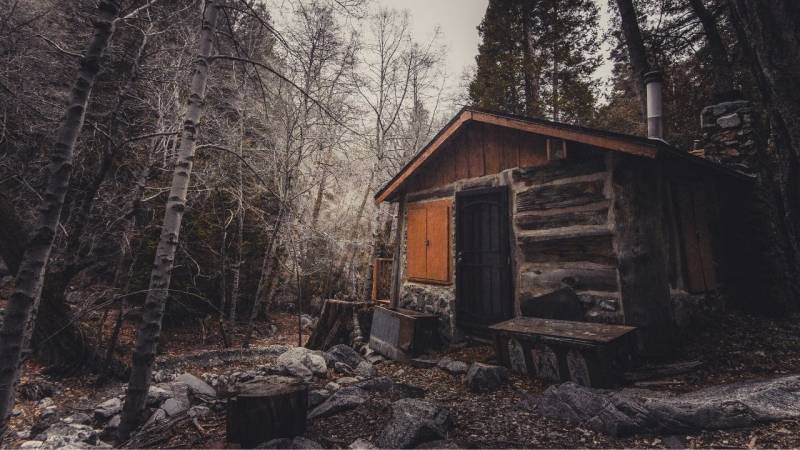
In plain English, this means that even if the world is falling apart around you, you must be able to replenish your supplies.
If your Bug Out Location is 300 km away from any civilization, you will have a much harder time doing so, unless you happen to live in a blooming oasis or are a hundred percent self-sufficient or can go hunting in Canada.
Try to isolate yourself, but still have access to certain resources, if possible.
As mentioned before, you should have multiple access and escape routes prepared. Furthermore, the Bug Out Location must be reachable for you without exhausting all your strength.
Information on the Area on the Bug Out Location
This brings me to the information you should gather about the surrounding area of your secure retreat.
To live and survive there in the long term, it is advisable that you acquire knowledge that may be useful to you later. You should be able to answer the following questions positively:
- Can you find your Bug Out Location even without a navigation system or map?
- Can you assess the climatic conditions and the weather?
- Do you know all the potential threats that exist around your Bug Out Location?
- Do you know any neighbors, and can you assess their trustworthiness?
In the best case, you know this place like the back of your hand and at least as well as your main residence. Every useful information will help you - here, knowledge means safety in every case.
Isolation and Distance of Your Bug Out Location
Now it's getting a bit more tricky. On the one hand, you should make sure not to stray too far from all resources and not exaggerate the distance to your bug out location.
On the other hand, it is important to ensure a certain amount of isolation to avoid hostile contact.
If you want to find a suitable bug out location, you will have to accept that this endeavor will not work without making compromises.
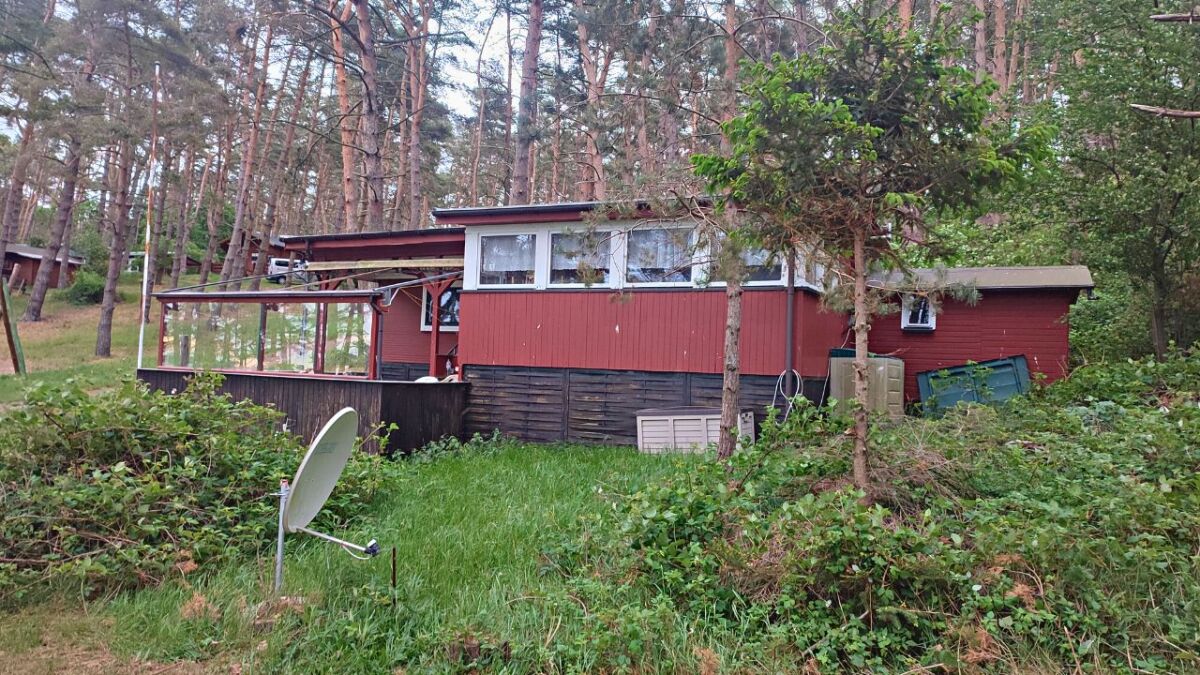
You will not find the one perfect place that includes everything you need to survive the apocalypse unscathed. Accordingly, you will have to determine your preferences.
However, it should be clear to you that your shelter should not be located in the middle of a big city that is packed with people.
Ideally, only you will be able to find your escape shelter directly, while others can only discover it by chance at most.
Also read
5 best places worldwide to survive in the wild - Wouldn't it be good to know where a perfect area is to build a camp, to survive or to set up a retreat in advance?
Safety and protection of your refuge
As a prepper and survivalist, I probably don't need to tell you that you should always be vigilant about your safety and self-defense, regardless of where you are.
The same naturally applies even if you find yourself in a supposedly safe place. If the situation really requires it, fleeing to your shelter justifies self-defense in any case.
In all apocalyptic scenarios, you can expect looters or other individuals who may harm or want to harm you. Therefore, also prepare yourself for possible fights.
Make sure that you always have weapons (like free weapons) at home and tools to build possible defense structures or fortifications. Reinforced doors, windows or "moats" around the Bug Out Location can work wonders.
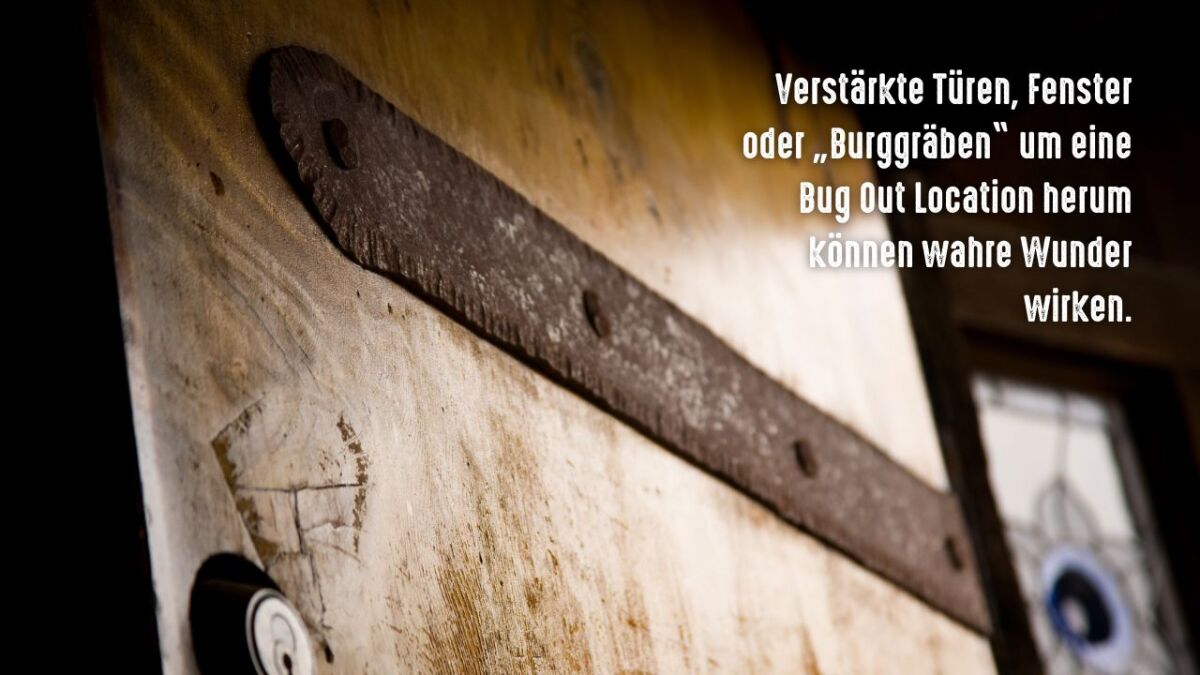
Camouflage can also be useful and advantageous for your safety in survival.
Make sure that your shelter, if it is located in the woods, for example, is not painted in bright colors for all to see. Keep the color scheme similar to the surroundings, even camouflage is an option.
Protection and Resistance of the BOL
This aspect is similar to the previous one, but something else is meant by it.
Internal protection options should also be available in your Bug Out Location, where you can retreat during raids or natural disasters, etc., to protect yourself.
Furthermore, you should make sure that you are protected from extreme weather fluctuations. In plain language, this means that in winter you should be at least a little protected from freezing cold and in summer from scorching heat.
Specifically, this means that you will need blankets, a sleeping bag, and a sleeping pad. Furthermore, It is advantageous if you can close everything from the inside, so that no one can get in.
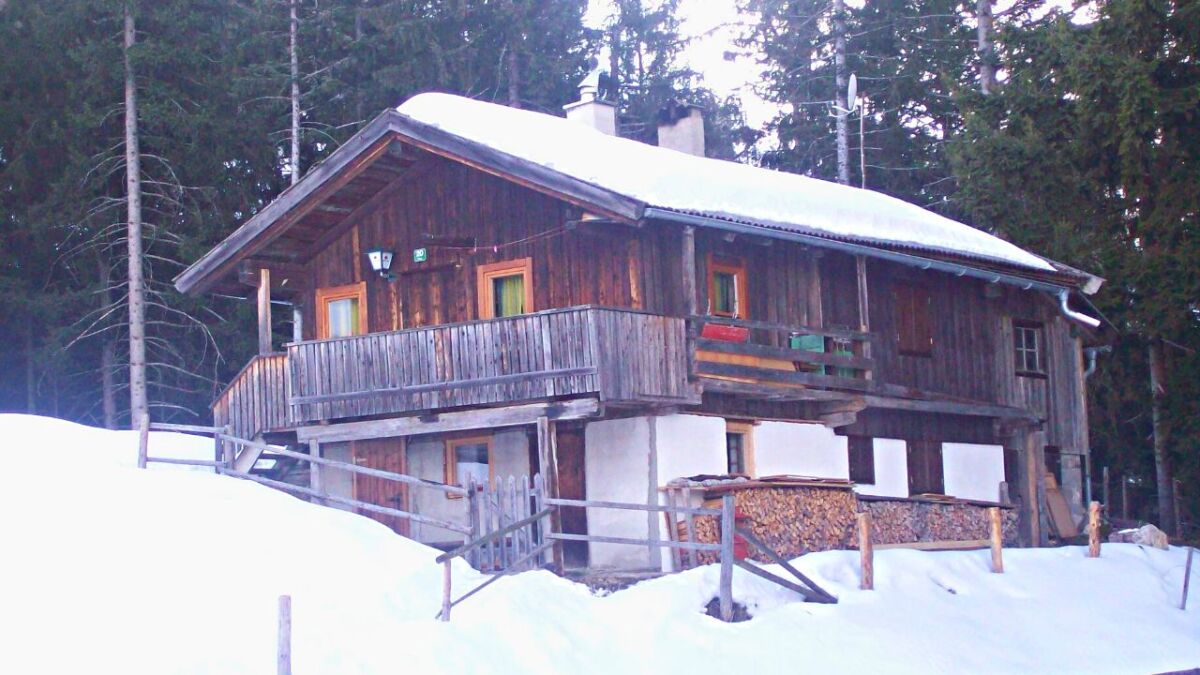
You see that your protective shelter must be variable enough to provide you with protection in the most diverse situations, but also resilient enough to withstand extreme influences in the long term.
The emphasis here is clearly on the long term! Because any shelter won't help you if it becomes unusable after a single use.
However, a certain resistance to this place also comes from you yourself.
If possible, you should be able to repair any damage that occurs in order to maintain the functionality and resilience of your bug out location. So, always have appropriate tools and materials available if possible.
Read also
28 survival skills that many have forgotten nowadays - Many survival skills from our past are mostly forgotten today. Acquire these skills and become more self-sufficient.
Going to the toilet and waste disposal
Now we come to a subject that is not only neglected by preppers, but even hikers often do not master properly.
This is about human waste and waste disposal, which are particularly important aspects in a survival situation.
To understand the importance directly, consider the following:
- If you neglect this aspect, at best you will live in a stinky environment that quickly reveals your position.
- At worst, however, you risk infections and epidemics that have killed thousands of people in the Middle Ages.
Having a functioning sewer system and regular garbage collection is now a matter of course for us.
However, this luxury is not guaranteed, especially in survival situations. So, if you plan to stay in your sheltered place for a longer period of time, you need to find a solution.
An alternative, for example, is a composting toilet. This relatively odor-free toilet provides valuable nutrients to the soil, which can be useful to you in the future.
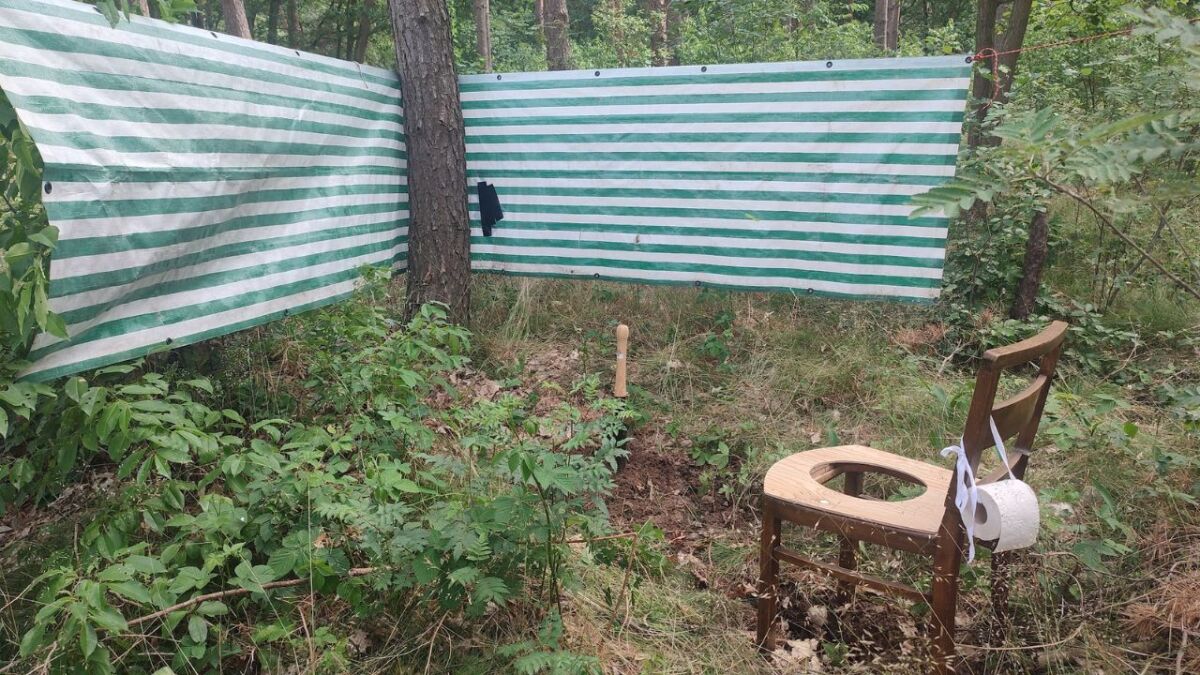
Whatever you do, make sure that your "composting sites" or waste disposal areas are not located near your food or drinking water.
Here too, in the worst case, you risk a serious bacterial or viral infection, which you do not want in your shelter.
Also read
How to go to the toilet properly and sustainably in the forest - How do you go to the toilet properly in the forest? Are you allowed to use toilet paper? Or wet wipes? An unpleasant topic, and today I'm talking about it.
External water supply at the bug out location
With this section, I want to remind you once again how essentially a permanent water supply is, even within your bug out location.
A clean and functioning water supply cannot always be guaranteed, which is why you should also rely on natural water sources.
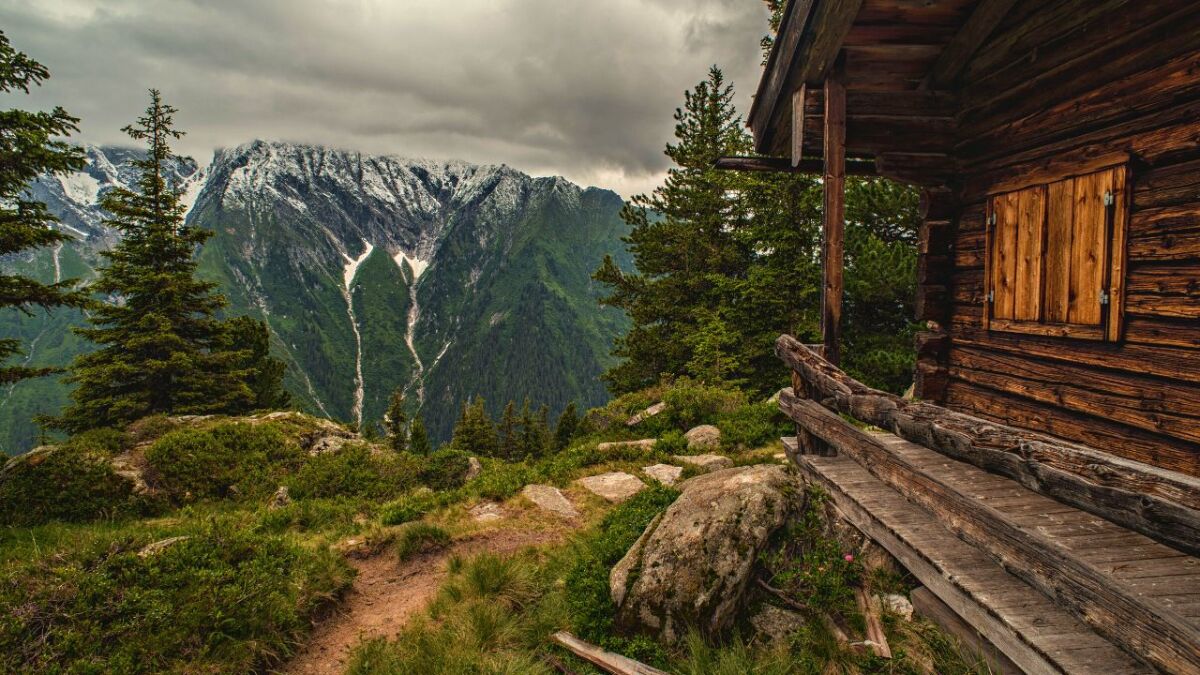
If possible, prefer areas where rivers, lakes, or streams exist from which you can obtain your water.
Of course, you should clean this water before using it. After all, you need it for both hygiene and hydration.
For this purpose, you ideally use a water filter (here is my top list) and water purification tablets.
To establish a connection to the previous section: never dispose of your garbage (whatever it may be) in or at a water source!
The cool water is an important key to securing your survival, which you do not want to ruin.
The budget and existing guidelines
Two more points that you must always consider are your budget and existing guidelines and laws of your government.
Although these may no longer apply if society collapses, you want to establish and make your safe haven functional beforehand.
It's no use selecting your absolute dream location if you can't afford it or if it's forbidden by law to implement your plans there. Don't be naive and stay realistic.
Carefully evaluate what you can afford in your current situation and what is allowed by the government.
Try to create the best bug out location possible with your current resources. You can still upgrade later as your financial situation improves or laws change in your favor.
What supplies and equipment should be in a bug out location?
A bug out location should have supplies of food and water, as well as medical facilities. In addition, the bug out location should have tools and equipment available to allow for self-sufficiency.
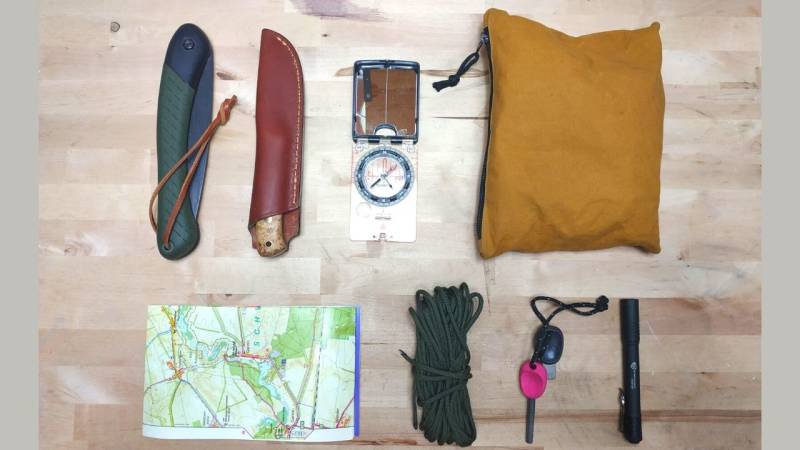
Here are some examples of equipment and tools:
- Knife (also read: Best Survival Knife, Best Bushcraft Knife)
- Pocket knife
- Axe (here is my article on it, "The 3 best survival axes")
- Hatchet
- Shovel / spade
- Saw (here's my top list)
- Multitool
- Duct tape / tank tape / fabric tape
- Paracord (read "What is a Paracord?")
- LED flashlight (for example the Streamlight Stylus Pro LED flashlight, here's my review)
- Emergency candles (see below under "Fire")
- Cable ties
- Knife sharpener (check it out here, how to do it and what I recommend)
- Scissors
- Nails
- Hammer
- Pliers
But that's by no means all, because just like at home, you should prepare a good supply in your Bug Out Location. For this purpose, I have a detailed guide: The Prepper List - all you need to survive independently.
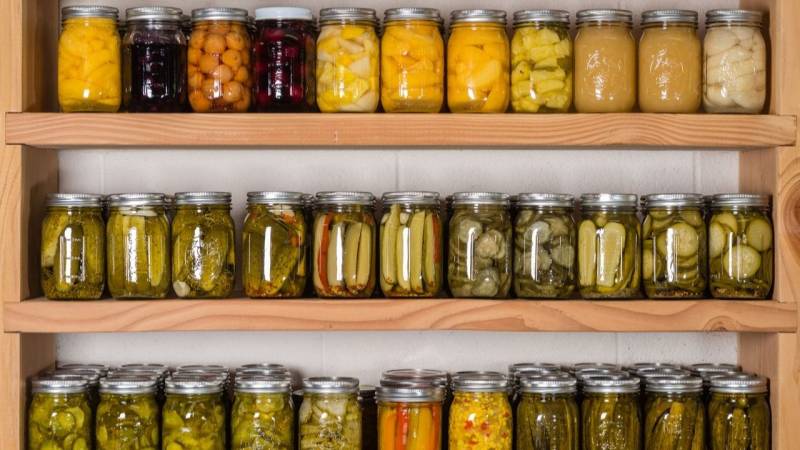
Questions and answers about Bug Out Location
What is prepping?
A Bug Out Plan is a predetermined plan of action for how you will evacuate your current location in the event of an emergency or disaster. This plan typically includes designated meeting places, routes for travel, and necessary supplies to bring along. It is important to have a Bug Out Plan in place for any unexpected situation that may arise, such as natural disasters or civil unrest.
A Bug Out Plan is an evacuation plan, which is a pre-planned route or a series of destinations for emergency evacuation. The plan usually includes alternative routes and safe overnight accommodations along the way.
What is a Bug Out Vehicle (BOV)?
A Bug Out Vehicle (BOV) is a vehicle intended for escaping from a disaster or emergency. It should be rugged and practical for everyday use and have sufficient space for supplies, tools, and equipment.
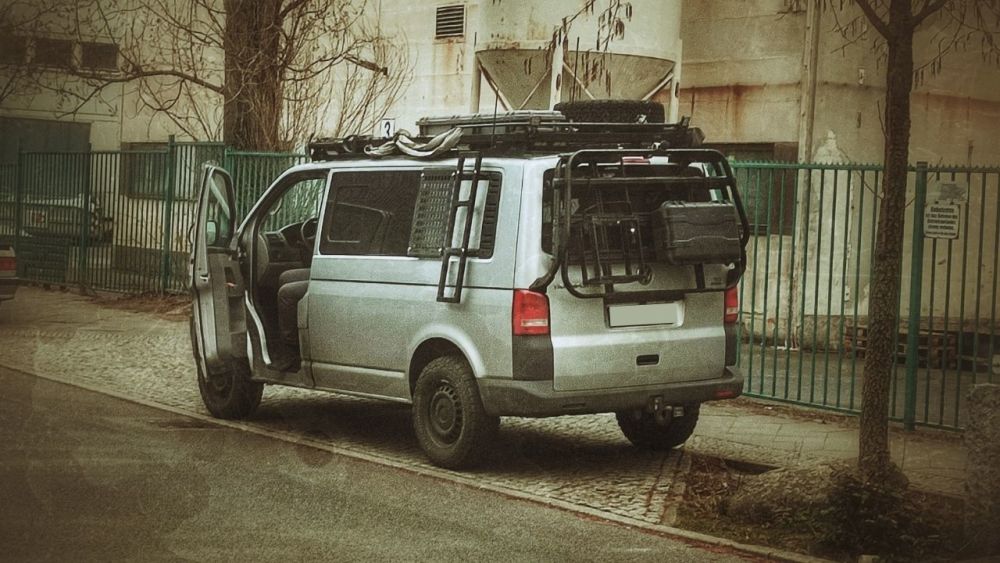
Should water, electricity, gas, and phone be turned off when leaving my home due to an emergency?
In case of an emergency or societal breakdown, you should take all necessary steps to ensure that your home is safe. This includes turning off the gas, water, and electricity supply as well as the phone.
Also read
11 Serious Emergency Preparedness Tips Everyone Should Know – Being prepared is essential for a crisis or catastrophe. Here are 11 essential tips that every individual, with or without a family, should know.
Conclusion: There is no one perfect Bug Out Location – but being prepared is essential
Perhaps this conclusion may disappoint you, but I can give you this in the spirit of prepping: You have it in your hands!
Like other aspects of prepping, the success of your bug out location lives and dies with your creativity and preparation. The more you invest in it, the better it will become over time.

Say goodbye to the thought of finding the perfect place with perfect conditions and perfect equipment right from the start.
Especially as a normal person, you won't be able to achieve that. Therefore, it is all the more important to take the following steps:
- start as early as possible
- choose the right location
- build a hut if it's not already there
- start with the equipment
Make sure to memorize the points mentioned in the article and try to implement as many of them as possible.
However, as mentioned before, you will have to make compromises - you still decide on your priorities yourself.
A very useful guide that you can find on my blog is about putting together your personal bug out bag.
If you read up a bit here, "What is a Bug Out Bag? - The Ultimate German Guide" and combine this knowledge with what you just learned, it will serve as an efficient starting point.
So start planning and equipping your bug out location now, so that you are prepared for the worst and can survive all scenarios when SHTF!


Author of the guide
Martin Gebhardt
Hey, I'm Martin. On my blog, you will learn the basics and numerous details about living in the wild. I think survival, bushcraft and the good life in nature are the keys to happiness. Find me here on Instagram or on YouTube. You can find more about my mission on the About Me page.
Was this guide helpful?
21 people found this guide helpful.
5.00 out of 5 points (21 Ratings)
Comments (0)
This post may contain affiliate links. So if you click on the links and make a purchase, I will receive a small commission at no additional cost to you. Click here, to learn more about it.


